
How do you choose RAM for your Windows desktop?
Choose RAM for Windows desktop
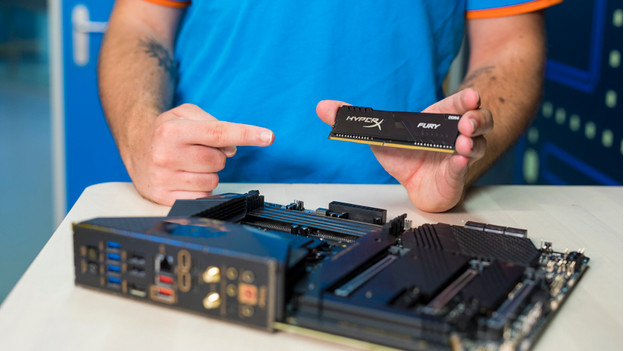
Before you choose RAM for your Windows desktop, it's important to ask yourself a couple of questions. We've listed the most important questions to help you on your way:
- How do know which RAM fits in your desktop?
- What's the current RAM in your desktop?
- How much RAM do you need?
- Which specifications should you keep in mind?
- Which clock speed should your RAM have?
Which specifications should you keep in mind?
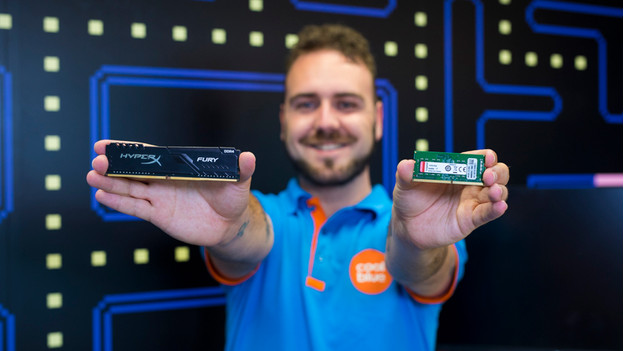
The most important specifications for choosing RAM for a Windows desktop are:
- The DDR version supported by the motherboard. This has to be the same, otherwise the RAM won't work. DDR4 RAM doesn't work on a DDR3 motherboard.
- The form factor for Windows desktops is always DIMM. These are elongated RAM modules. SODIMM is for Windows laptops and Apple products.
- The maximum capacity and clock speed supported by the motherboard. This indicates how much RAM you install and how fast it processes your tasks. Make sure it's identical to your motherboard for the best results.
- Are you going to expand RAM? Always choose the same brand to avoid communication problems.
How do you know which RAM fits in your desktop?
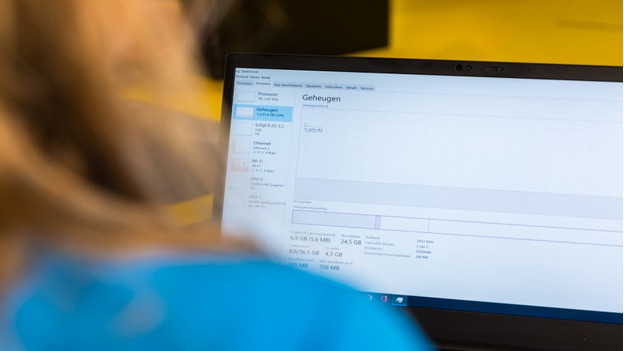
What you choose should be based on the current RAM in your desktop. Press 'Control', 'Alt', and 'Delete' and go to 'Task Manager'. Click the tab 'Performance' and go to 'Memory' in the left menu. Here, you'll see which memory fits in your desktop on the following places:
- At the top right, you'll see your current RAM.
- Here, you'll also see the DDR version of your RAM in case it's DDR3. Nothing there? You have DDR4 or DDR5.
- Below the thick bar, you can find the clock speed of your RAM. This speed also helps you to find out the DDR version. Is the clock speed of your RAM between 2100MHz and 3200MHz? You have DDR4. If the clock speed is higher than 3200MHz? You have DDR5.
What's the current RAM in your desktop?
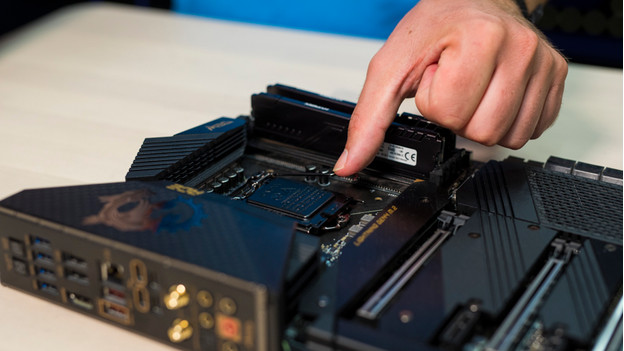
Now that you know the specification of your RAM, it's useful to know the current RAM of your PC. This is especially important for expanding your RAM, because the modules have to be the same for this. You can avoid connection problems when they're the same. Search for 'wmc' in the Windows menu and open the Task Manager. Type 'MemoryChip' and press 'Enter'. You'll now get a list of data, including the clock speed. Under the header 'PartNumber', you can see the manufacturer's code of your RAM. Use this code to find the same RAM modules for your desktop.
How much RAM do you need?
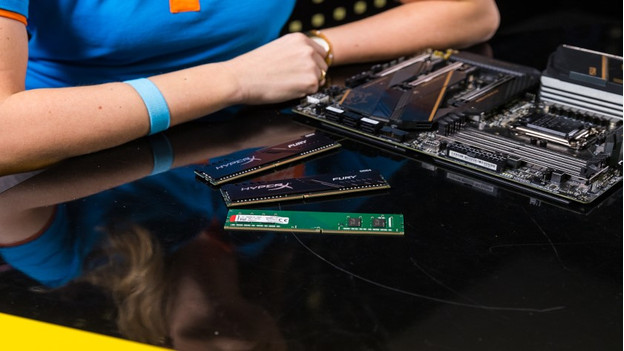
Depending on how you use your desktop, you might need more RAM. Do you want to get started on photo and video editing? You'll need at least 16GB. That's why you should check how much extra space you have for extra RAM. Most desktops have up to 4 slots, with a total capacity of 128GB. In the menu of 'Task Manager', you can also see how many of these slots are already being used and how many are still open. In this advice article, we'll tell you more on how much RAM you need for certain tasks.
Which clock speed do you need?
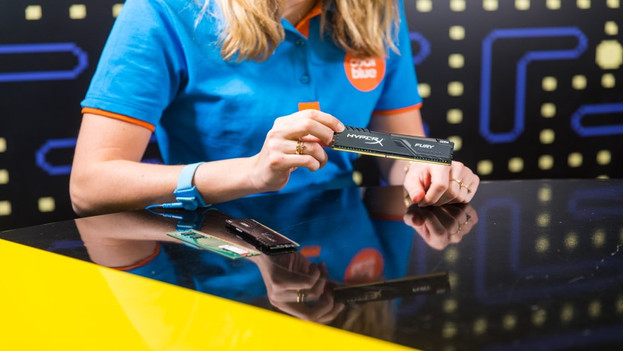
As said before, you can find the clock speed of the RAM currently installed in your desktop in the Task Manager window. This isn't always the highest possible clock speed for your motherboard. Go to 'System information' and look for 'System model'. This is often the 7th row and shows a manufacturer's code. This is the code for the motherboard in your desktop, with the brand listed in the row above. Go to the manufacturer's website and look for the specifications of your motherboard. You'll find the maximum supported clock speed for your motherboard here.



